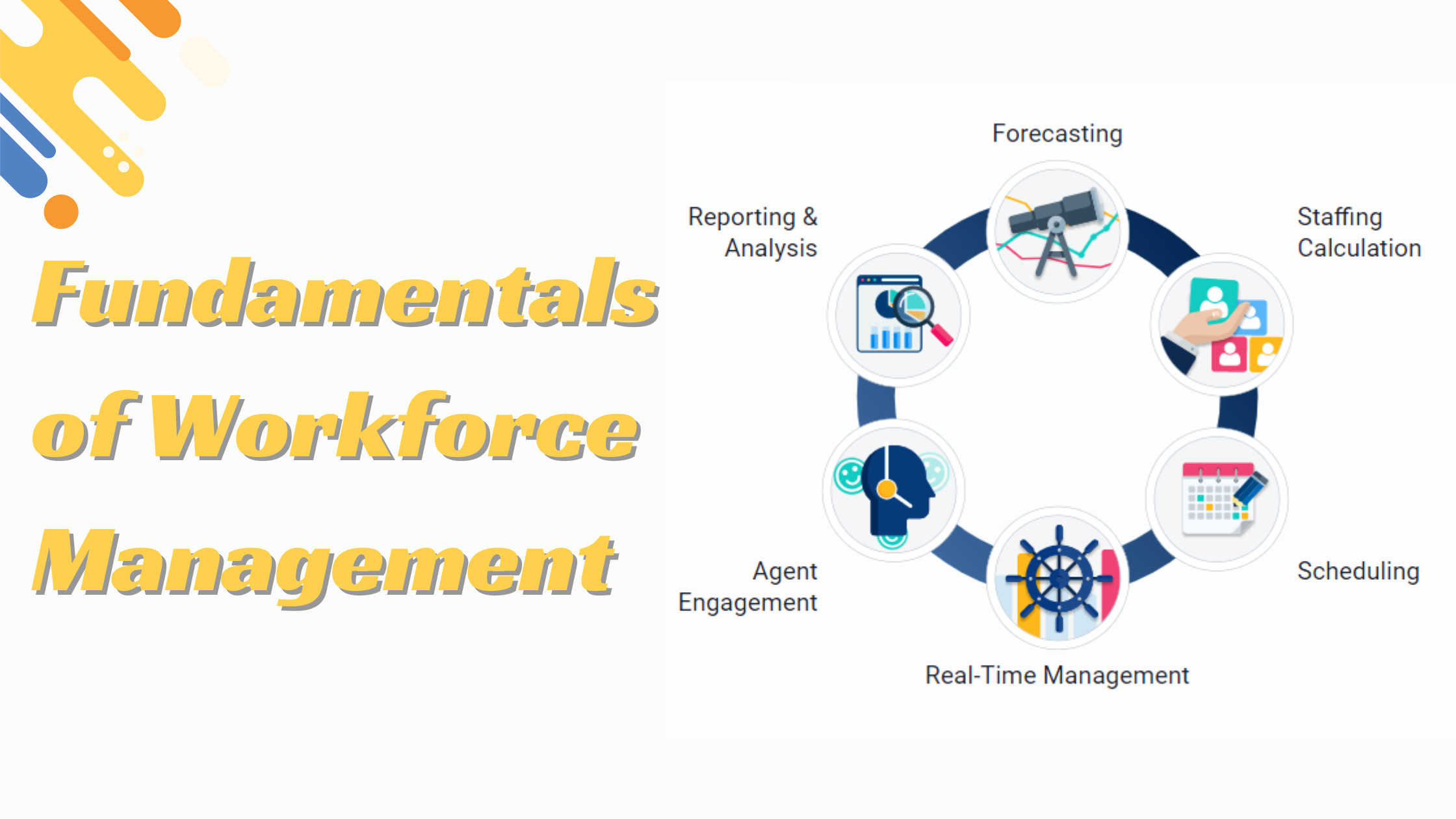Streamlining Business Success: The Fundamentals of Workforce Management and its Impact on Organizational Growth
- 1 Understanding Workforce Management
- 1.1 Strategic Workforce Planning
- 1.2 Talent Acquisition and Retention
- 1.3 Optimizing Productivity
- 1.4 Leave and Absence Management
- 1.5 Workforce Analytics and Data-Driven Decisions
- 1.6 The Role of Technology in Workforce Management
- 1.7 Cost Management and Budgeting
- 1.8 Compliance, Risks, and Regulations
- 2 The Future of Workforce Management
Key Takeaways:
- Comprehensive overview of workforce management (WFM) and its significance in modern businesses.
- How strategic workforce planning aligns with organizational goals and the use of predictive analytics.
- Practical tactics for attracting, hiring, and retaining top talent.
- Techniques for optimizing employee productivity while ensuring job satisfaction and compliance.
- Insights into the evolving technology of workforce management and its future trends.
Understanding Workforce Management
Workforce management (WFM) is a critical component of efficient business operations. It refers to a systemic approach that maximizes organizational performance levels and competency. At its heart, WFM encapsulates forecasting, scheduling, time and attendance tracking, and compliance with labour laws. A well-implemented WFM strategy ensures that companies have their staff available when and where they need them, maximizes staffing agility, and minimizes compliance risk.
Fostering a unified and competent workforce while optimizing cost-effectiveness is no small feat. An understanding of workforce management provided by SHRM can act as a robust foundation for business leaders looking to delve into the intricacies of WFM. These insights are crucial to developing an adaptable and proactive workforce that can navigate the increasingly complex business world.
Strategic Workforce Planning
Strategic workforce planning is a proactive approach that enables businesses to align their workforce initiatives with company goals, from opening new offices to launching new products. A thorough understanding of the current workforce landscape, paired with predictive analytics, helps proactively manage labour supply and demand, ensuring the business can smoothly navigate upcoming challenges.
The role of data in strategic workforce planning must be considered. Advanced data analytics helps drive more informed and often more impactful decisions. Forbes emphasizes how an integrated approach to workforce planning can promote higher flexibility and better resource management, ultimately contributing to a more effective realization of business strategies.
Talent Acquisition and Retention
Hiring the right people is just the start—keeping them is the real challenge. Talent acquisition must be an ongoing strategy, targeting the necessary skills, competencies, and cultural fit. It’s a complex dance of offering competitive pay, promising career development, and balancing work and life.
Talent retention, on the other hand, pivots to maintaining high employee engagement. A workforce that feels appreciated and aligned with their organization’s goals is more likely to exhibit loyalty. Encouraging a sense of ownership and providing regular feedback are critical components that can boost job satisfaction and reduce employee turnover rates.
Optimizing Productivity
Business leaders constantly grapple with optimizing employee productivity without overburdening their workforce. Leveraging productivity tools that streamline workflows, reduce manual efforts, and provide insightful data can immensely benefit operational efficiency. The challenge lies in implementing such tools without diminishing employee morale or stifling creativity.
Additionally, nurturing an environment that endorses efficiency through transparent communication about objectives and acknowledging individual contributions reinforces productivity. Employers need to recognize that the productivity of a workforce is closely tied to engagement levels and overall satisfaction.
Leave and Absence Management
Adequately managing employee leaves is a balancing act that involves upholding company policies, remaining legally compliant, and considering the well-being of employees. Successful leave and absence management considers the diverse reasons for employee absence, from parental leave to unexpected illness, and seeks to mitigate the impact on team dynamics and workflows.
Effectively handling these aspects requires robust policies and systems and a culture that supports employee needs. Implementing flexible work arrangements can demonstrate an employer’s commitment to accommodating various life circumstances while maintaining productivity.
Workforce Analytics and Data-Driven Decisions
Workforce analytics is an insightful tool that sifts through the volumes of HR data to uncover patterns and predict trends. This encompasses tracking metrics like time to hire, employee turnover rates, and performance levels, all of which provide valuable insights for strategic decision-making.
Utilizing data to inform decisions about talent management ensures a company remains agile and adaptive to changes. It empowers leadership to address issues proactively, whether filling skill gaps or improving retention strategies for high performers.
The Role of Technology in Workforce Management
Technological solutions in WFM have grown by leaps and bounds, extending beyond digitalized payroll services to complex, integrated systems offering comprehensive workforce insights. The emergence of cloud-based platforms, mobile accessibility, and user-friendly interfaces has redefined how employers engage with their workforce management systems.
Adopting advanced WFM software allows for more streamlined processes, presents actionable analytics, and provides employees with a consumer-grade experience that mirrors the ease of use they expect from personal technology.
Cost Management and Budgeting
Labour costs typically represent a significant portion of a company’s budget. Hence, effective cost management in WFM is essential. Through detailed workforce analysis and planning, businesses can achieve the optimal balance of staffing levels to avoid overstaffing or understaffing, which can incur extra costs.
Implementing a robust WFM system can also play a pivotal role in cost control, improving both budgeting precision and the strategic allocation of financial resources. This ensures a more predictable cost structure and contributes to long-term economic stability.
Compliance, Risks, and Regulations
One of the most dynamic and legally fraught areas within HR is remaining updated and compliant with the latest labour laws. The narrative is no longer solely about legal adherence; it’s about cultivating a workplace where fairness, diversity, and inclusivity are actively promoted.
With the ever-present risk of non-compliance leading to significant penalties, businesses must prioritize staying current with labour legislation that impacts their operations. Such vigilance is foundational for sustaining a reputation as a fair and law-abiding employer.
The Future of Workforce Management
Looking ahead, one can anticipate profound shifts in the workforce management landscape. Automation and digitalization will continue revolutionizing WFM, ushering in an era where AI-driven analytics and machine learning redefine strategic HR processes.
The future of WFM is poised to unravel exciting opportunities and challenges. It requires business leaders to adopt a mindset that is wise to technological influences and responsive to the evolving needs and aspirations of the modern workforce.

















